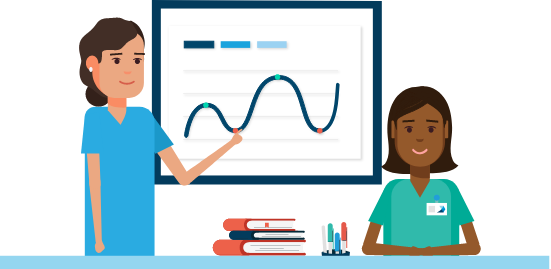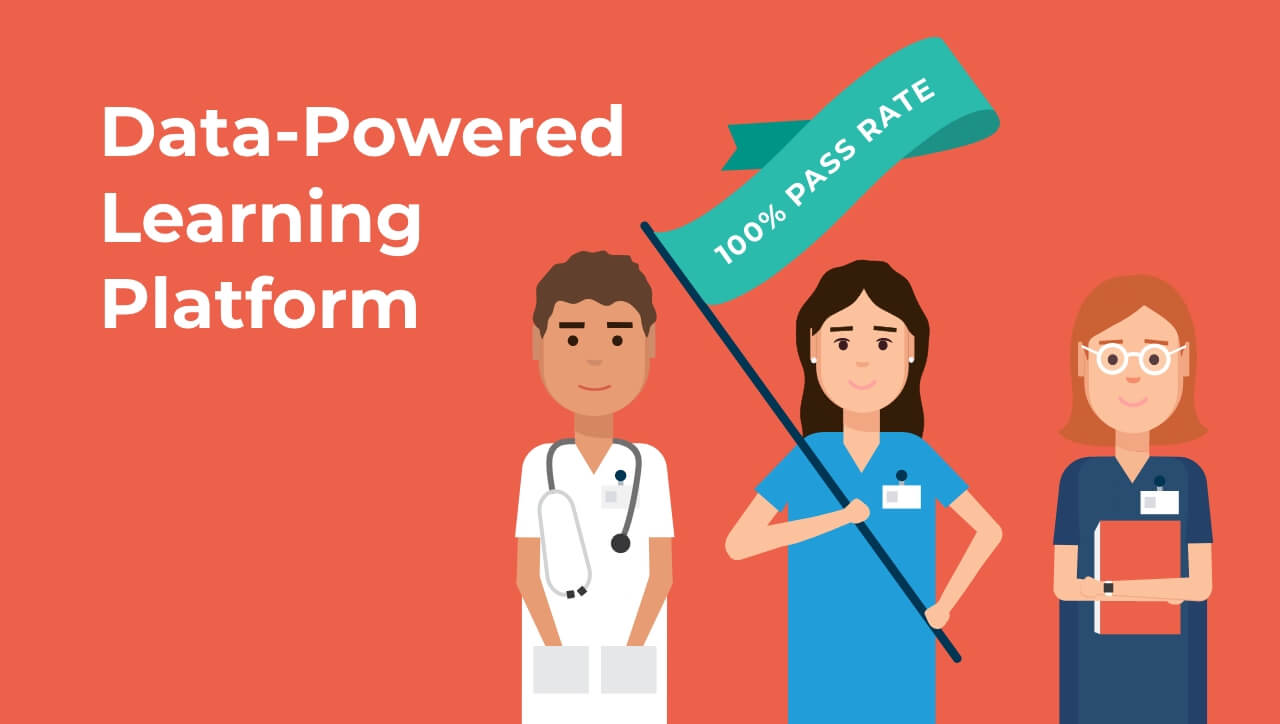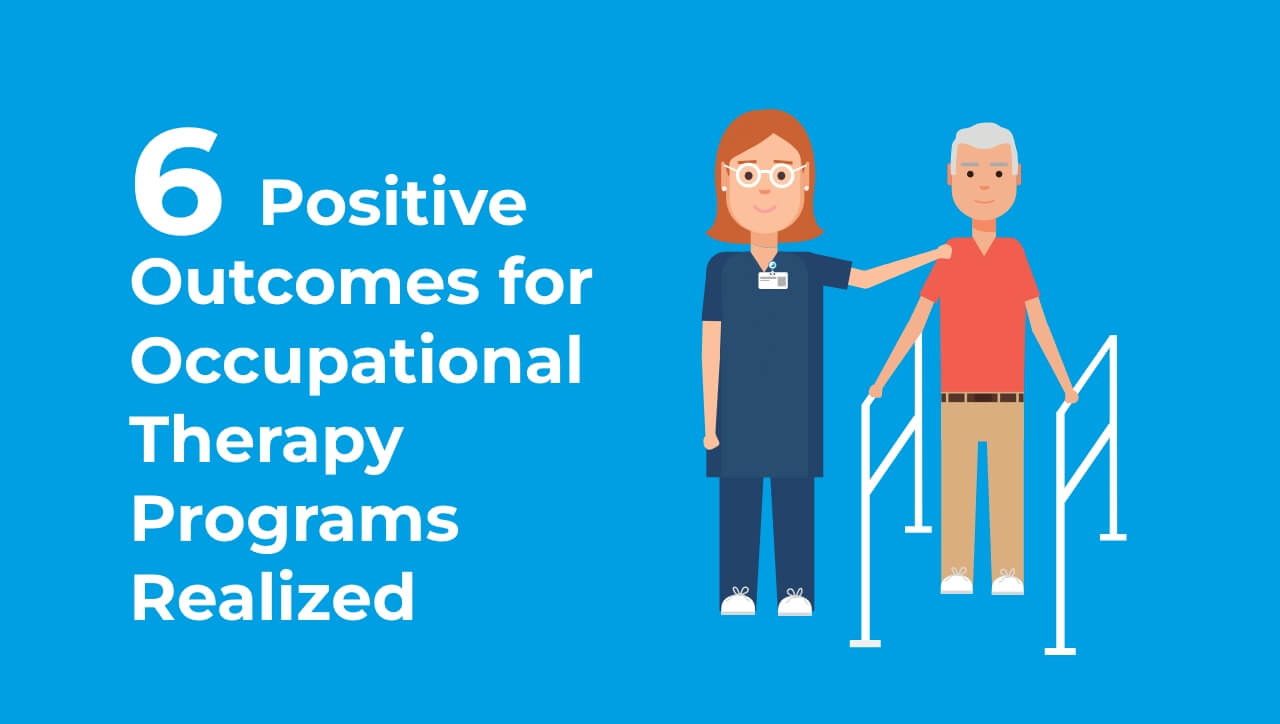Self-Reflection in Occupational Therapy and the Challenge Educators Face
As it is an essential skill for delivering high-quality services, self-reflection in occupational therapy—a process of introspection whereby individuals critically examine their thoughts, actions, and outcomes to gain insight and enhance future performance—is emphasized in educational and clinical environments. It can take on various forms in OT but is largely divided into two types: reflection-in-action (thinking during the activity), and reflection-on-action (thinking after the activity). The known benefits of reflective practices include enhanced clinical reasoning, improved therapeutic outcomes, and lifelong learning.
However, despite its importance, the concept of self-reflection is rarely or inconsistently defined within the OT profession, leading to confusion and misapplication in didactics and clinical settings. The Occupational Therapy Practice Framework (OTPF-4) identifies self-reflection as an essential skill—but lacks a clear definition, leading to ambiguity in its application and making it difficult for educators to teach or integrate reflective practices into the curriculum.
How does this impact OT programs, faculty, and students?
For more ways to help your students develop their self-reflection, download our Educator Guide: How Educators Can Foster Self-Reflection in Healthcare Learning—and Empower Learners to Become Successful Practitioners
Download Educator Guide
The Importance of Defining Self-Reflection in Occupational Therapy Education and Clinical Practice
An article in the Open Journal of Occupational Therapy highlighted the importance for the use of self-reflection in OT to be clearly conceptualized in both didactics and clinical practice.1
Inconsistent definitions of self-reflection in occupational therapy can lead to confusion and misapplication in both educational and clinical settings making it difficult to teach, understand, and implement self-reflection effectively. Yet, self-reflection is required of OT students in the U.S., who must demonstrate clinical reasoning and use evidence in practice2 to graduate. They are also expected to be lifelong learners, which also implies the need for reflective practices. Adding to the confusion, the OTPF-4 indicated reflective clinical reasoning as a criteria for evaluation, indicating that reflection is a component of as well as a modifier of clinical reasoning.
Students, too, may be hindered by the lack of clarity on how they will be evaluated and what will be expected of them in practice. Furthermore, the assumed, rather than explicitly defined, relationship between reflection, reasoning, and evidence-based practice complicates their integration into educational programs. This gap can leave graduates ill-prepared to apply these critical skills in their professional practice.
Given that OT aims to help individuals improve their ability to participate in daily life through everyday activities, delivering optimal and effective practice is undeniably crucial and OT programs and educators must ensure they are helping their students meet these goals.
To address these issues, the article recommends that a clear and consistent definition for self-reflection be established in educational materials and practice guidelines. Educators should explicitly teach these skills and align evaluations accordingly. This allows OT programs to ensure that students develop a strong foundation in these essential areas, leading to improved clinical practice and better clinical outcomes.
What Does This Mean for OT Education?
For continuous personal and professional development, self-reflection can be integrated into OT education to train students to identify their knowledge gaps and areas for growth, leading to sustained improvements in clinical skills and professional behavior. Ultimately, self-reflection equips OT students to become lifelong learners, benefiting their long-term development and future success.
Programs and faculty can help OT students cultivate self-reflection by pairing learning science-based resources such as TrueLearn’s NBCOT OTR*®-style questions, integrated with Picmonic’s audio-visual mnemonic video lessons, with self-reflection practices to:
- Get immediate, real-time feedback on performance and comprehension
- Interact meaningfully with the content (active learning), improve long-term retention and ease of recall
- Identify learning strengths and weaknesses, pinpoint areas for improvement
- Track and measure learning progress and exam readiness longitudinally
- Adjust/tailor teaching/study methods for the most effective, efficient learning
Get more information on what a partnership with TrueLearn and Picmonic looks like.
Help your OT students achieve optimal exam performance and outcomes and encourage them to utilize our free Post-Assessment Self-Reflection Questionnaire!
Download QuestionaireReferences & Footnotes
1 Burke HK, Bundy AC, Lane SJ. If reasoning, reflection, and evidence-based practice are essential to practice, we must define them. Open J Occup Ther. 2023;11(1):1-6. doi:10.15453/2168-6408.2044.
2 Acoteonline.org. Accessed August 1, 2024. https://acoteonline.org/wp-content/uploads/2020/10/2018-ACOTE-Standards.pdf
OTR® is a trademark of the National Board for Certification in Occupational Therapy (NBCOT®). This content is not endorsed or approved by NBCOT®.


